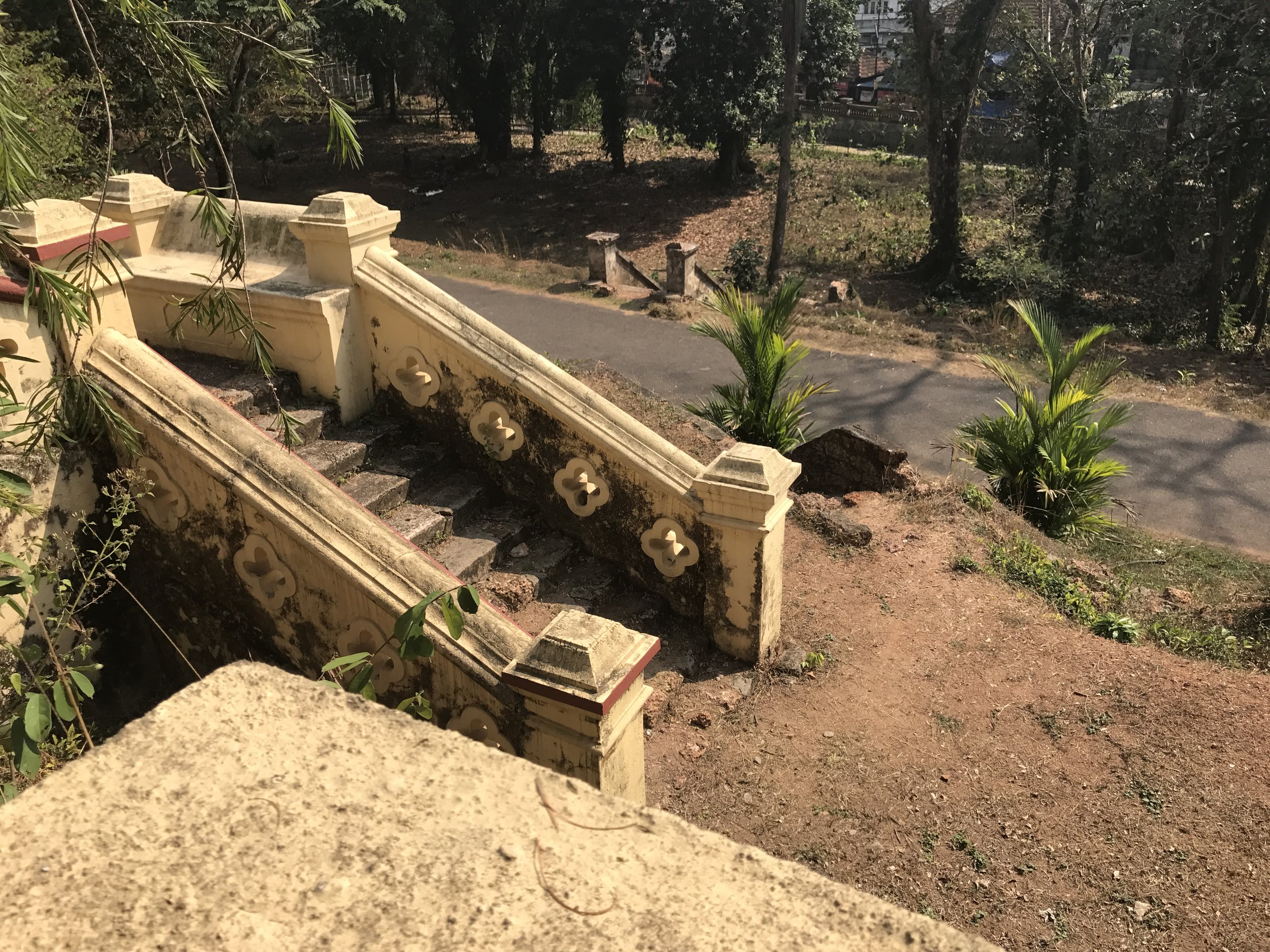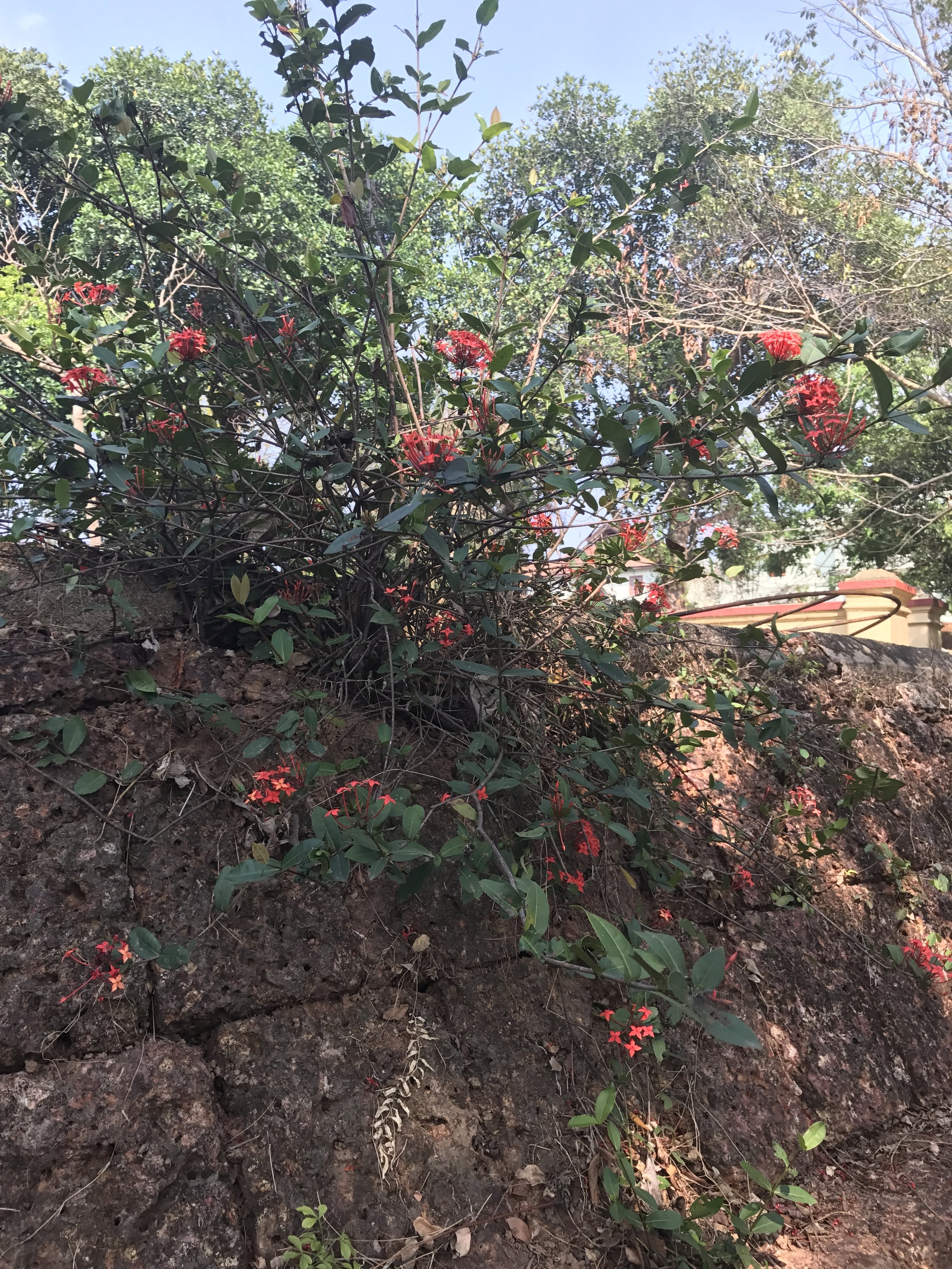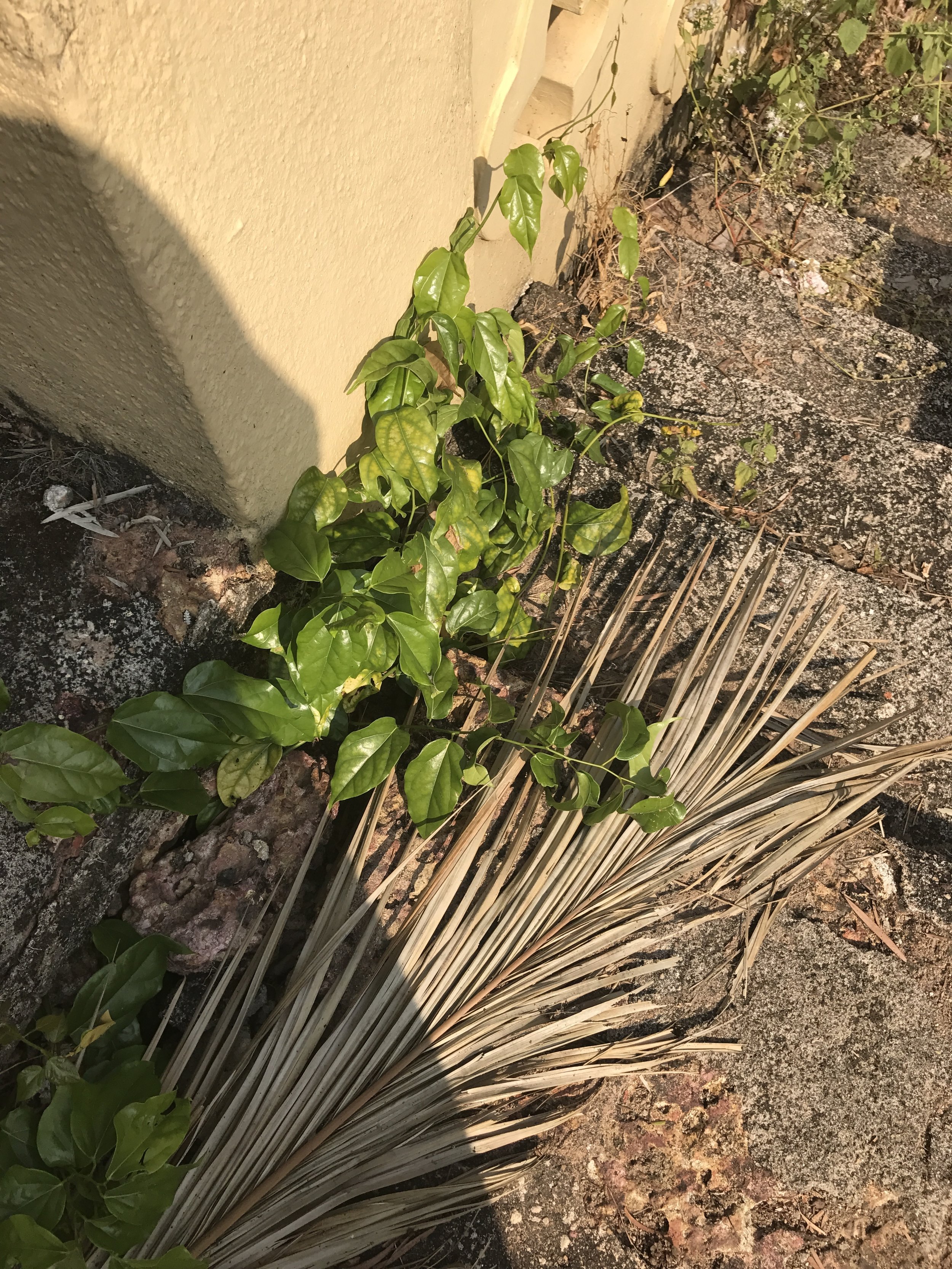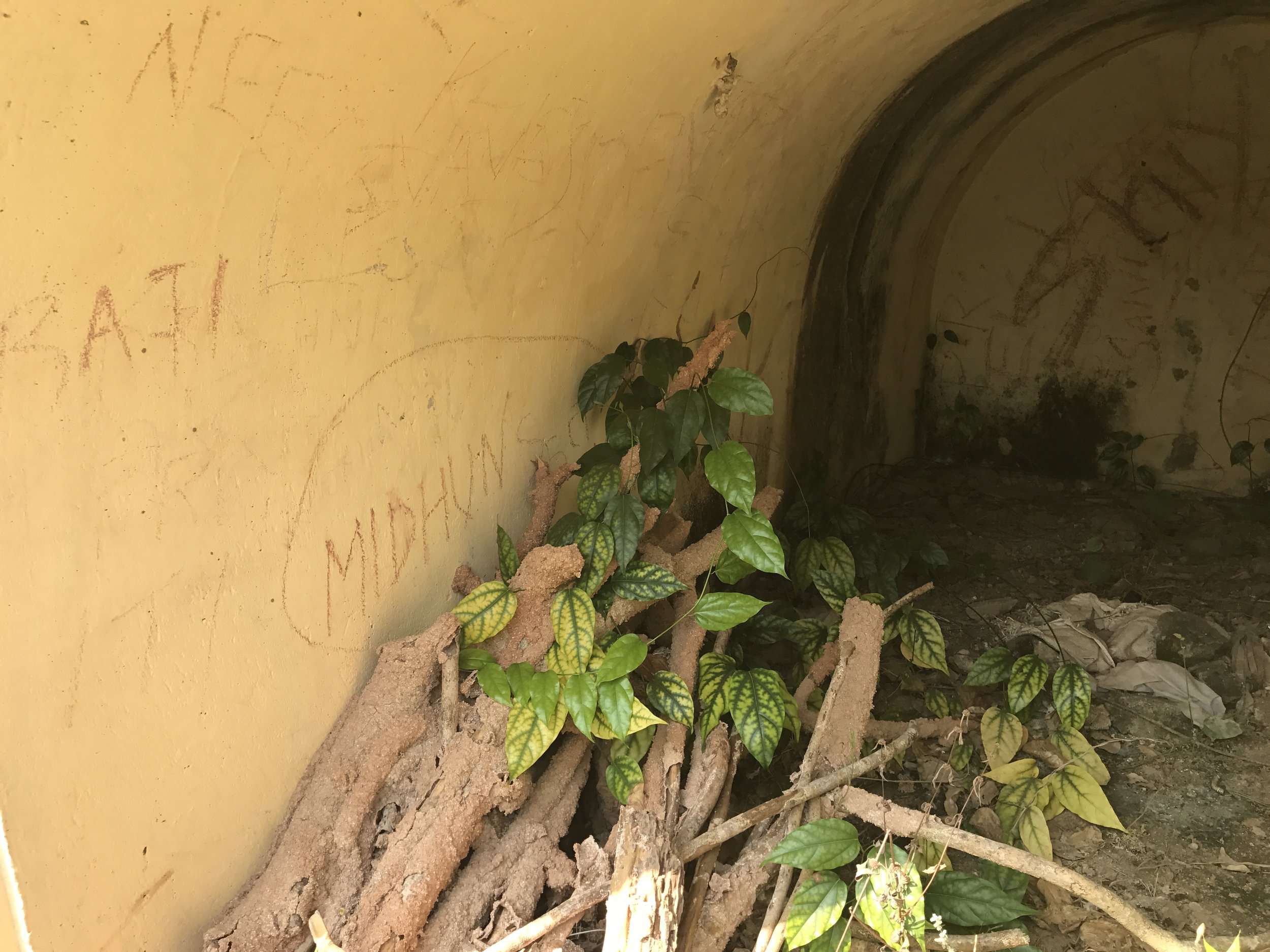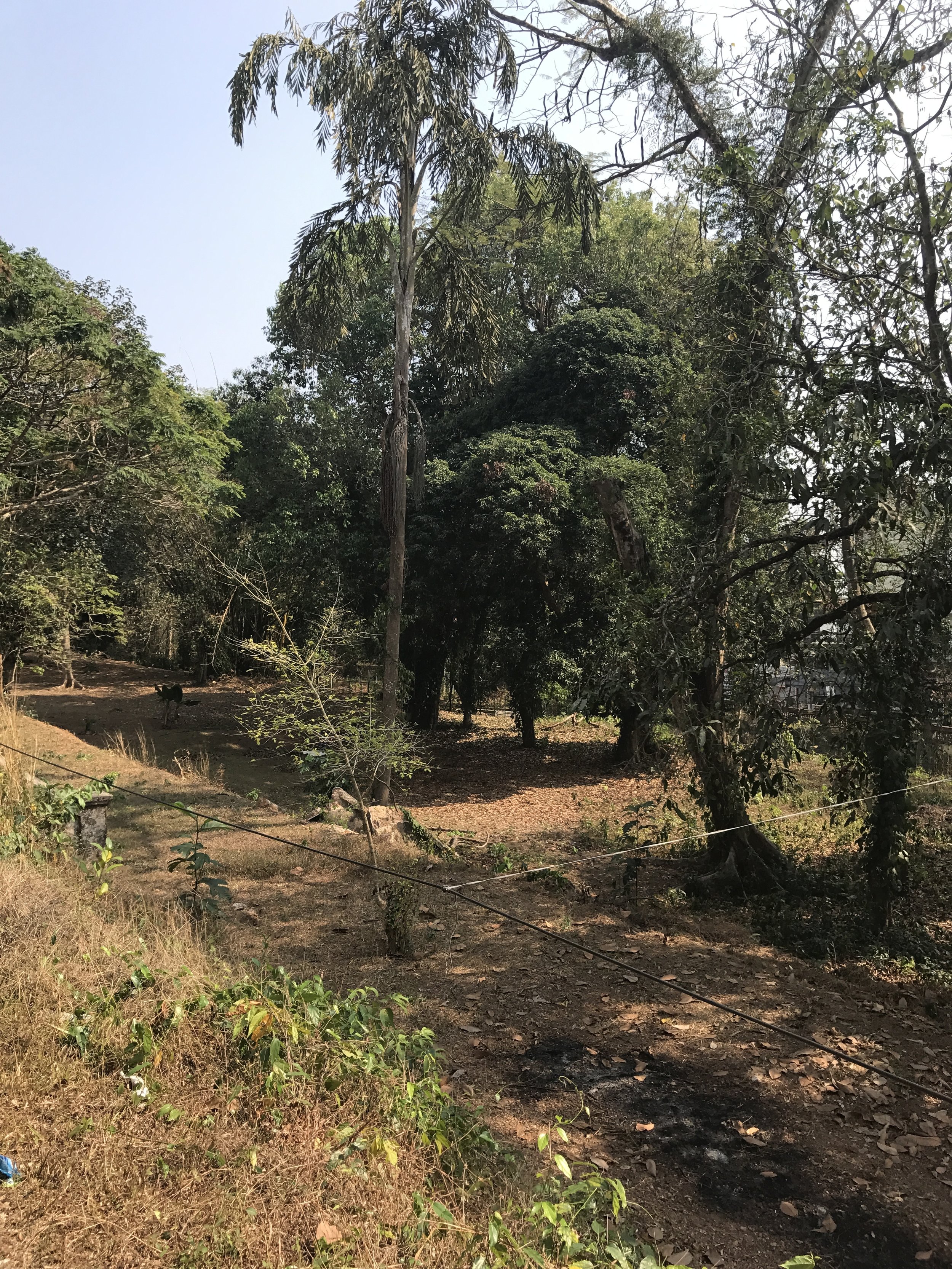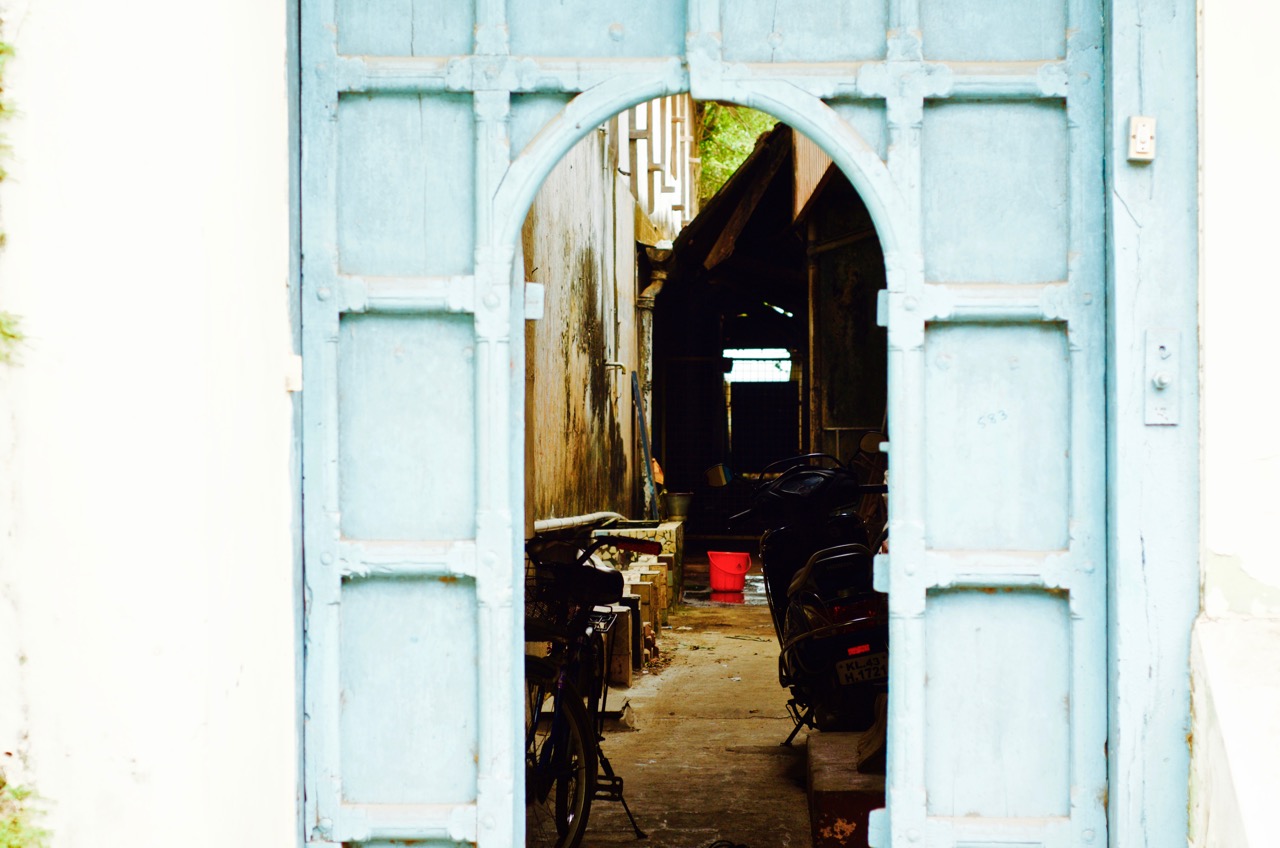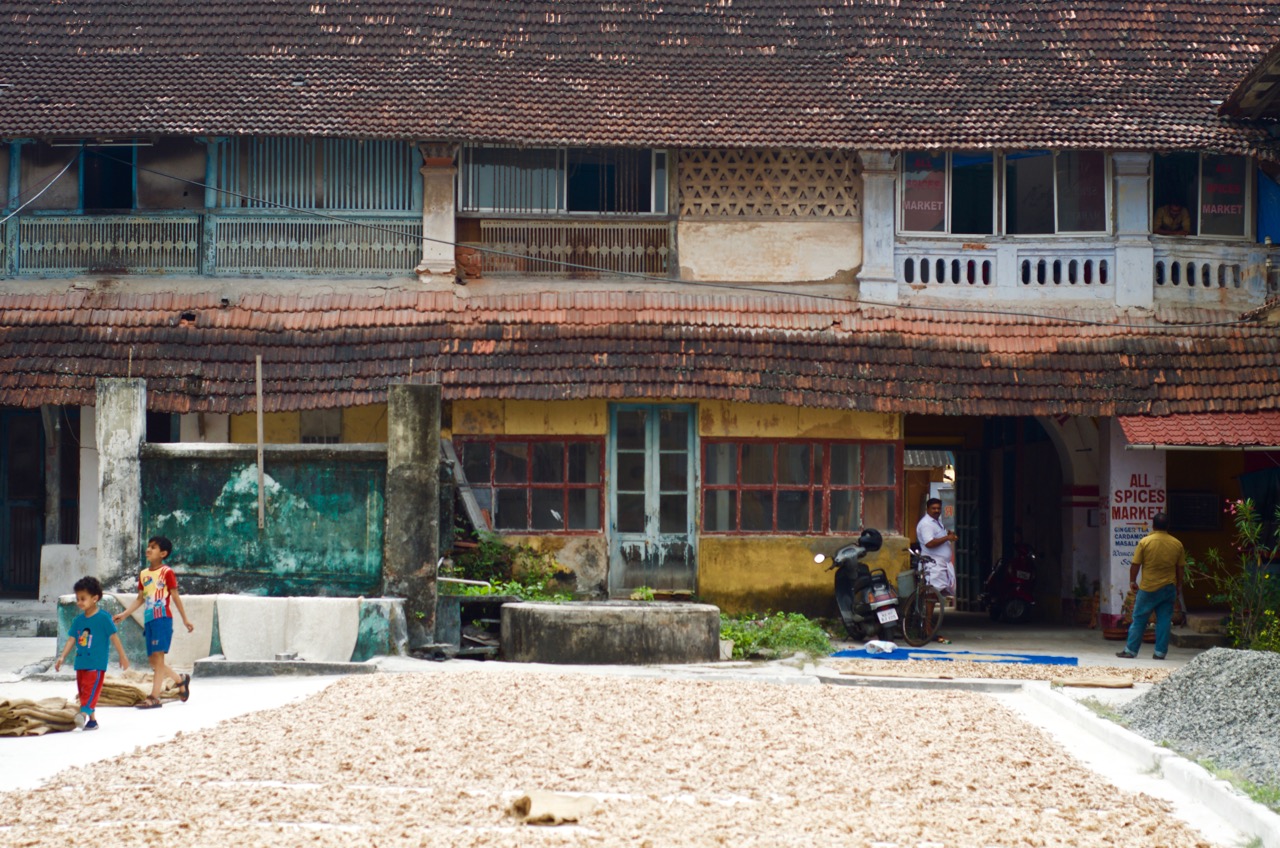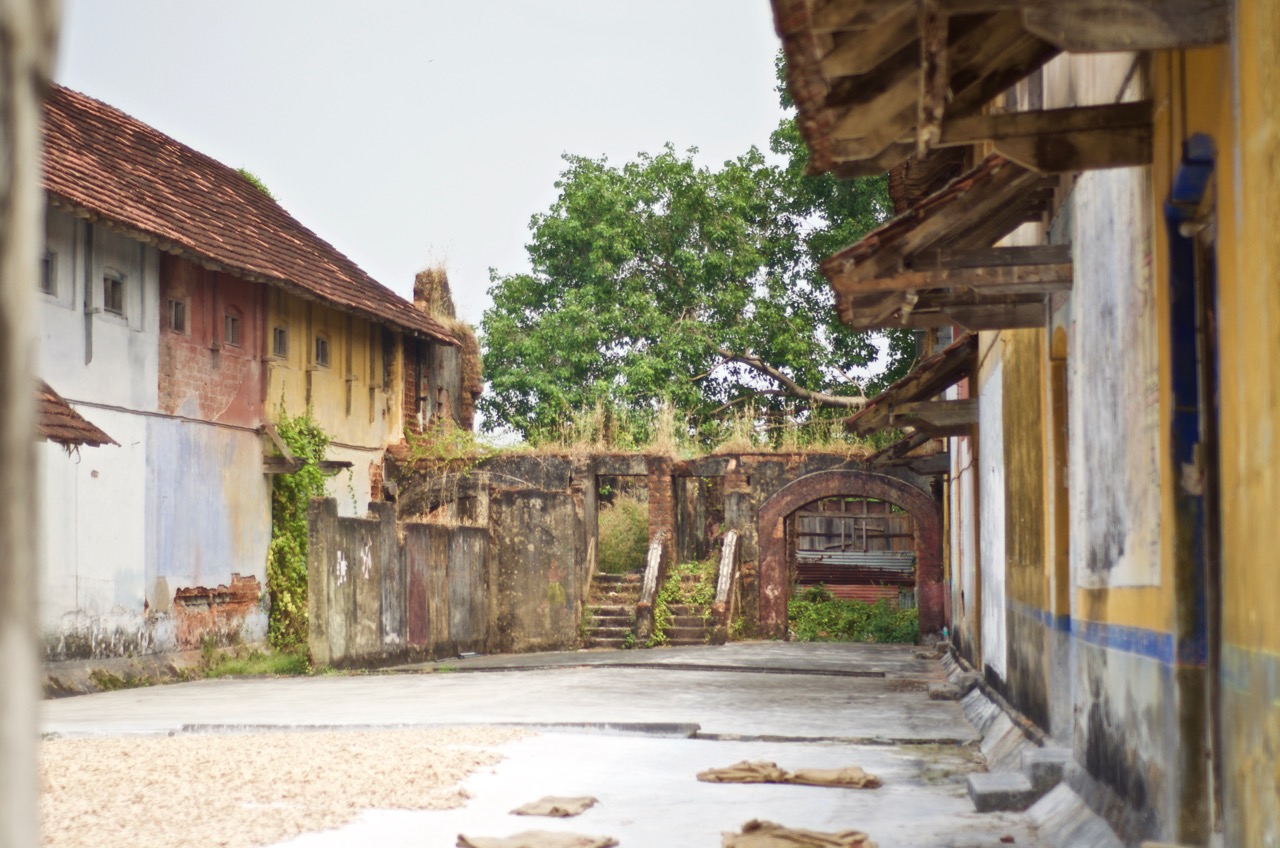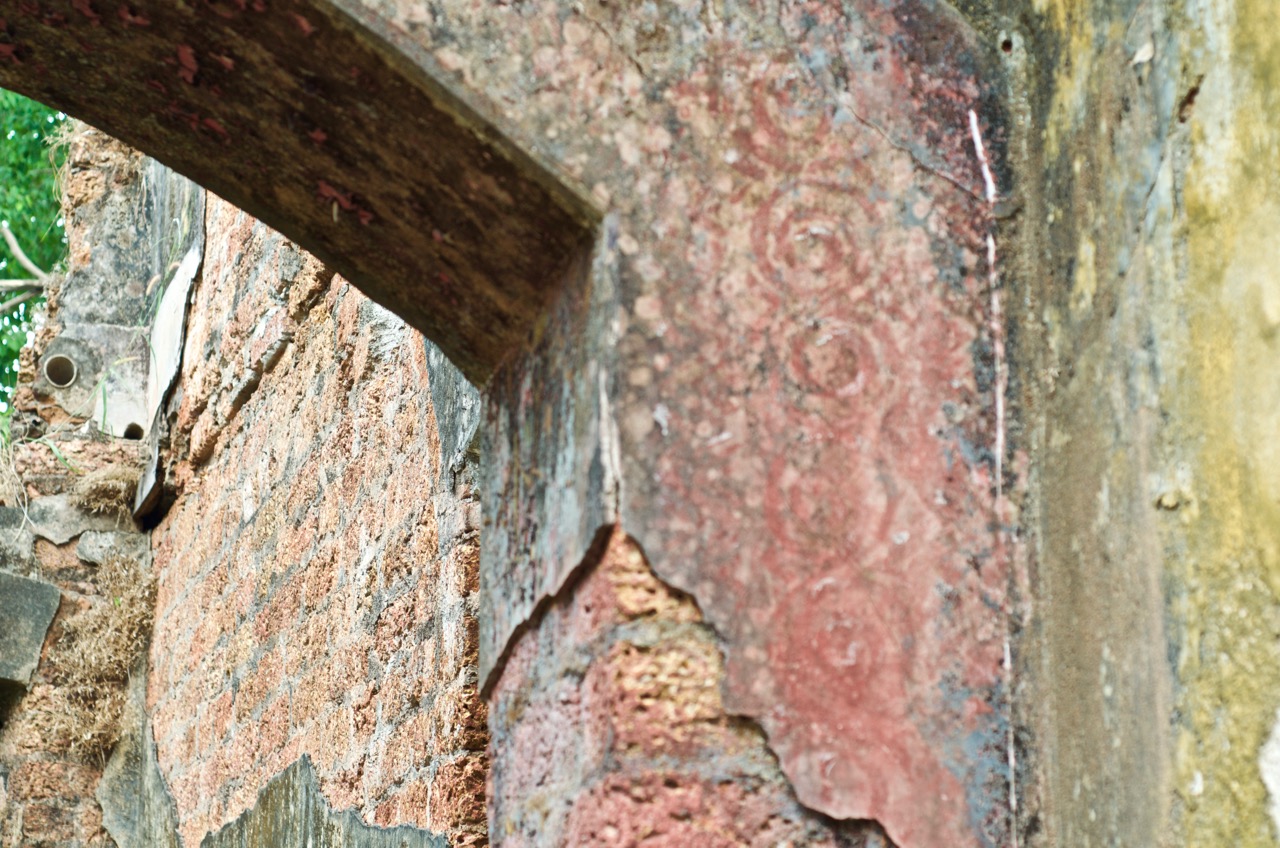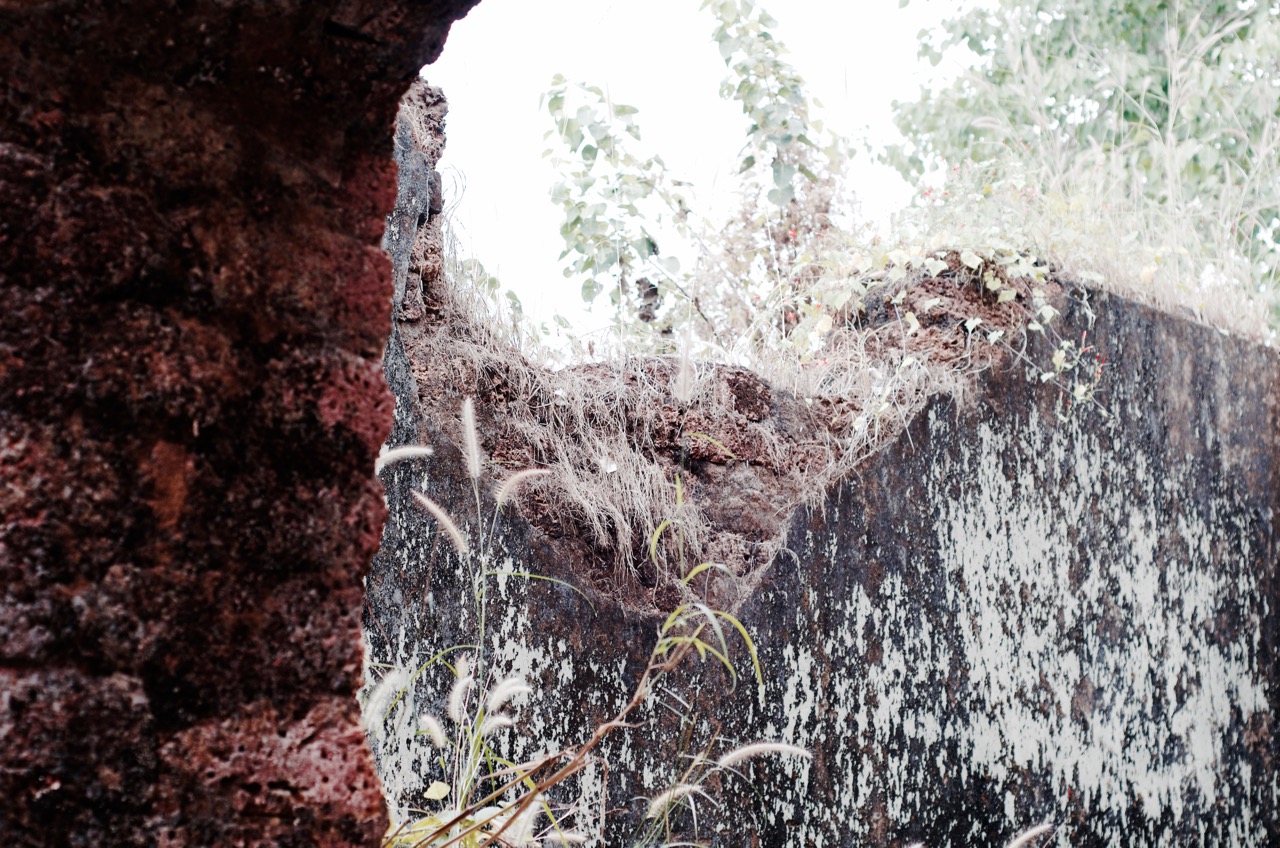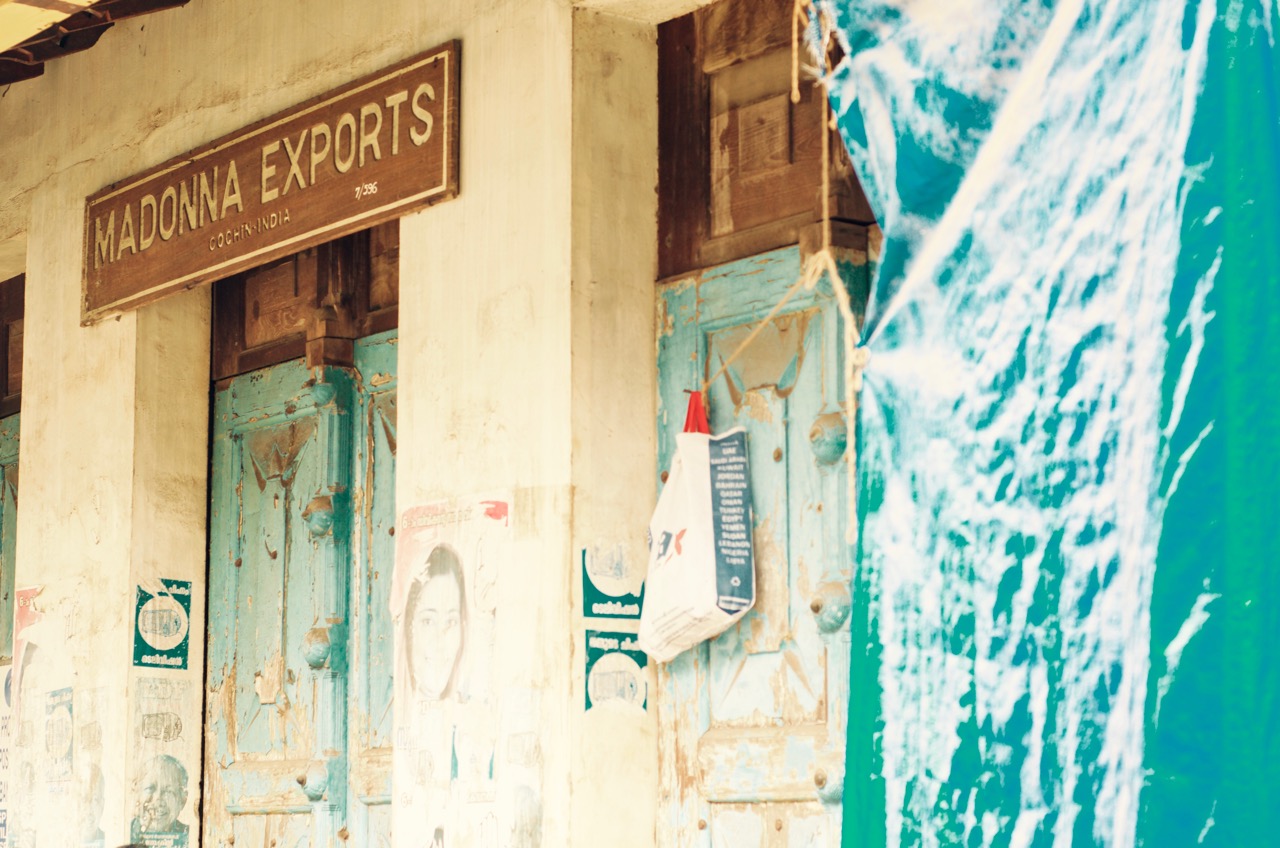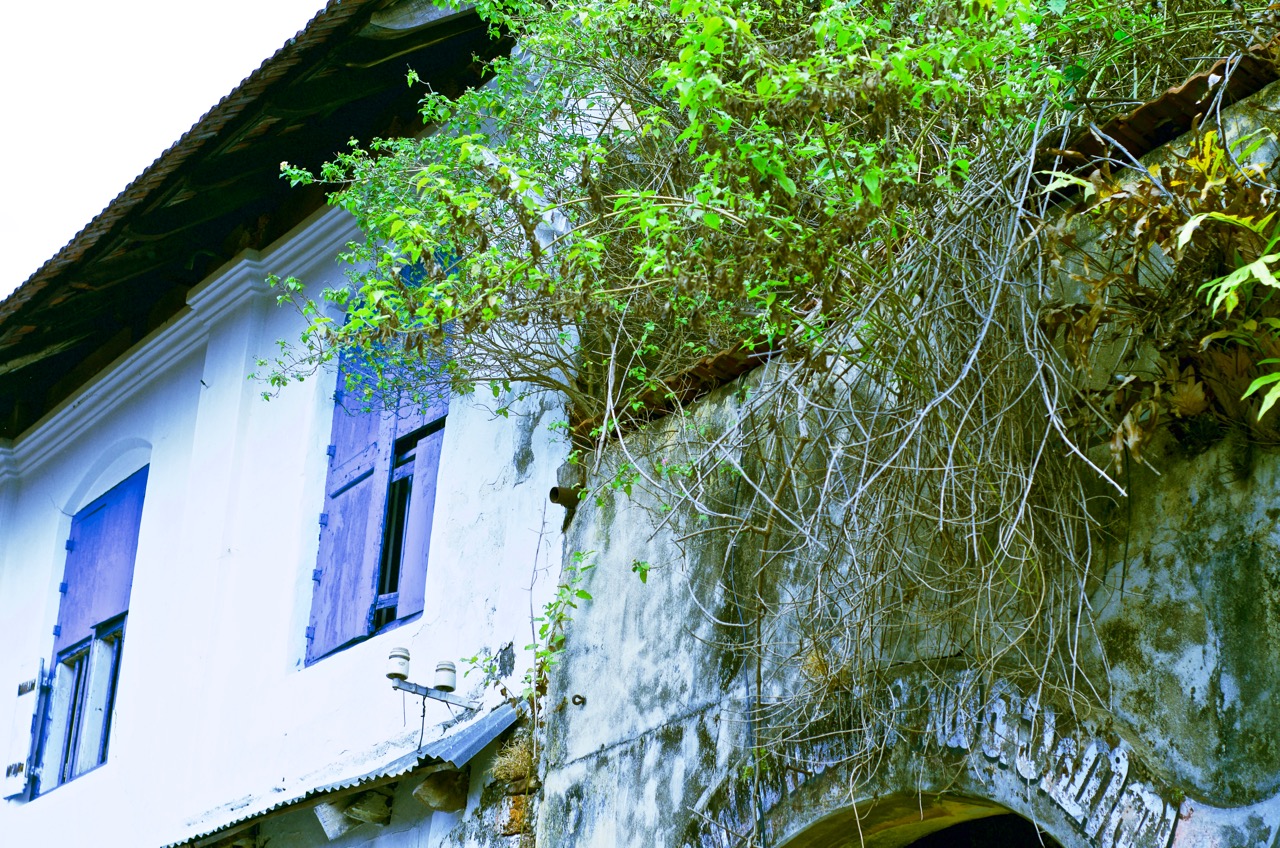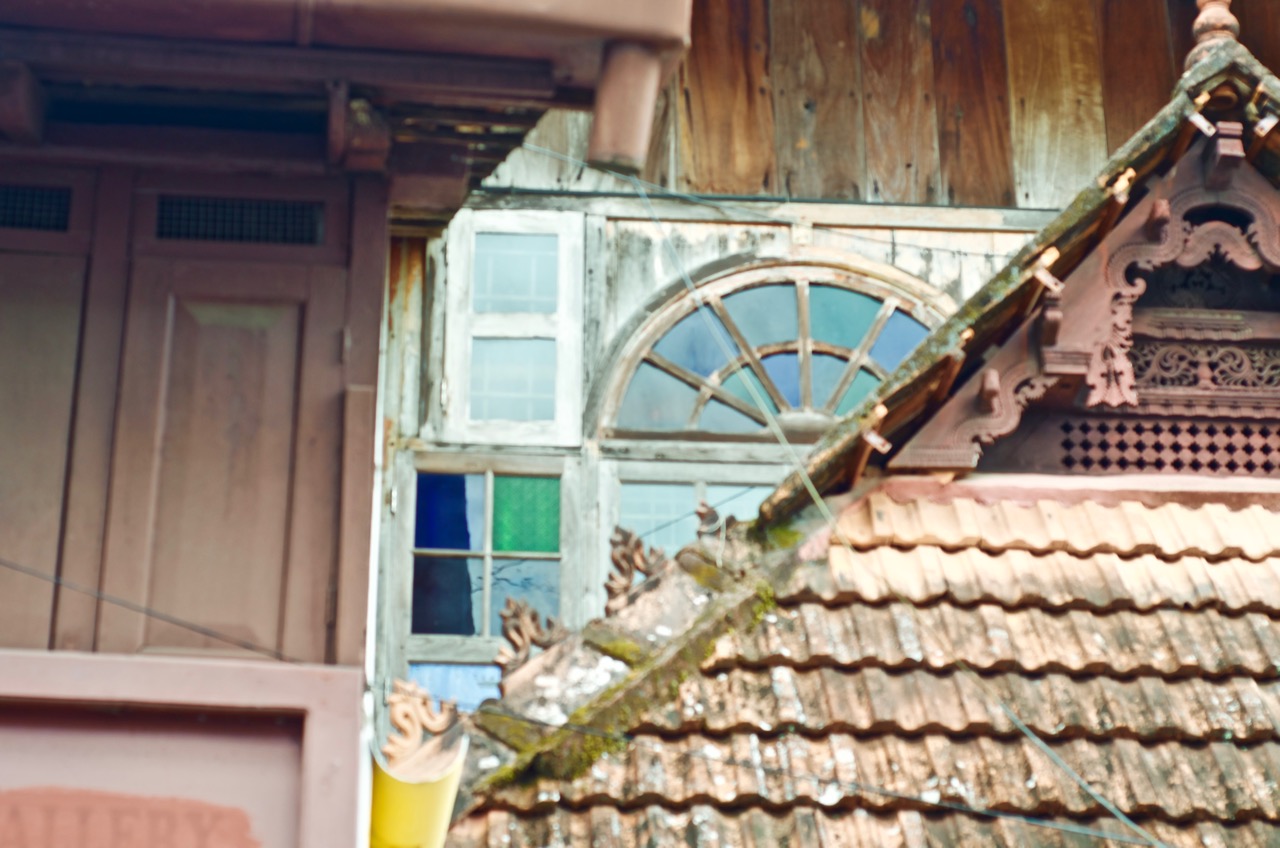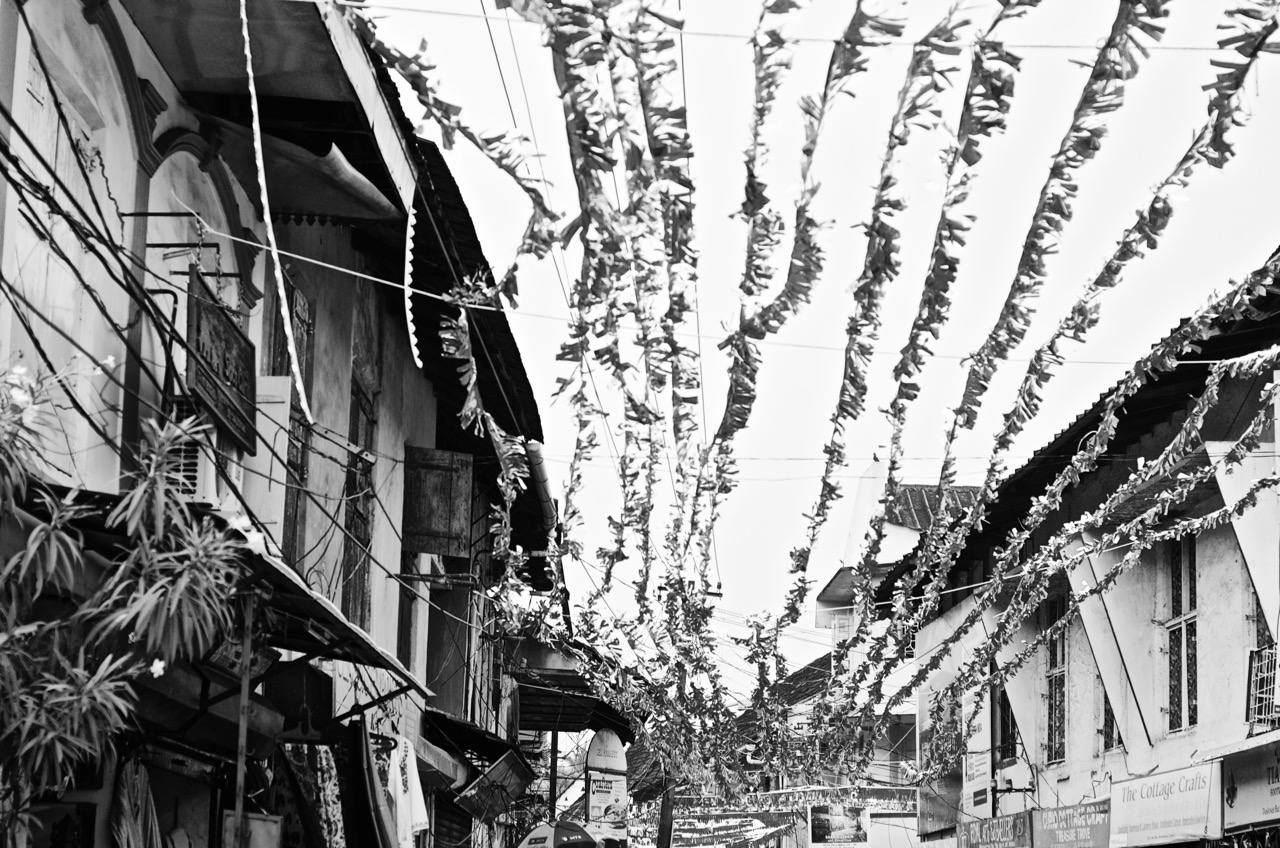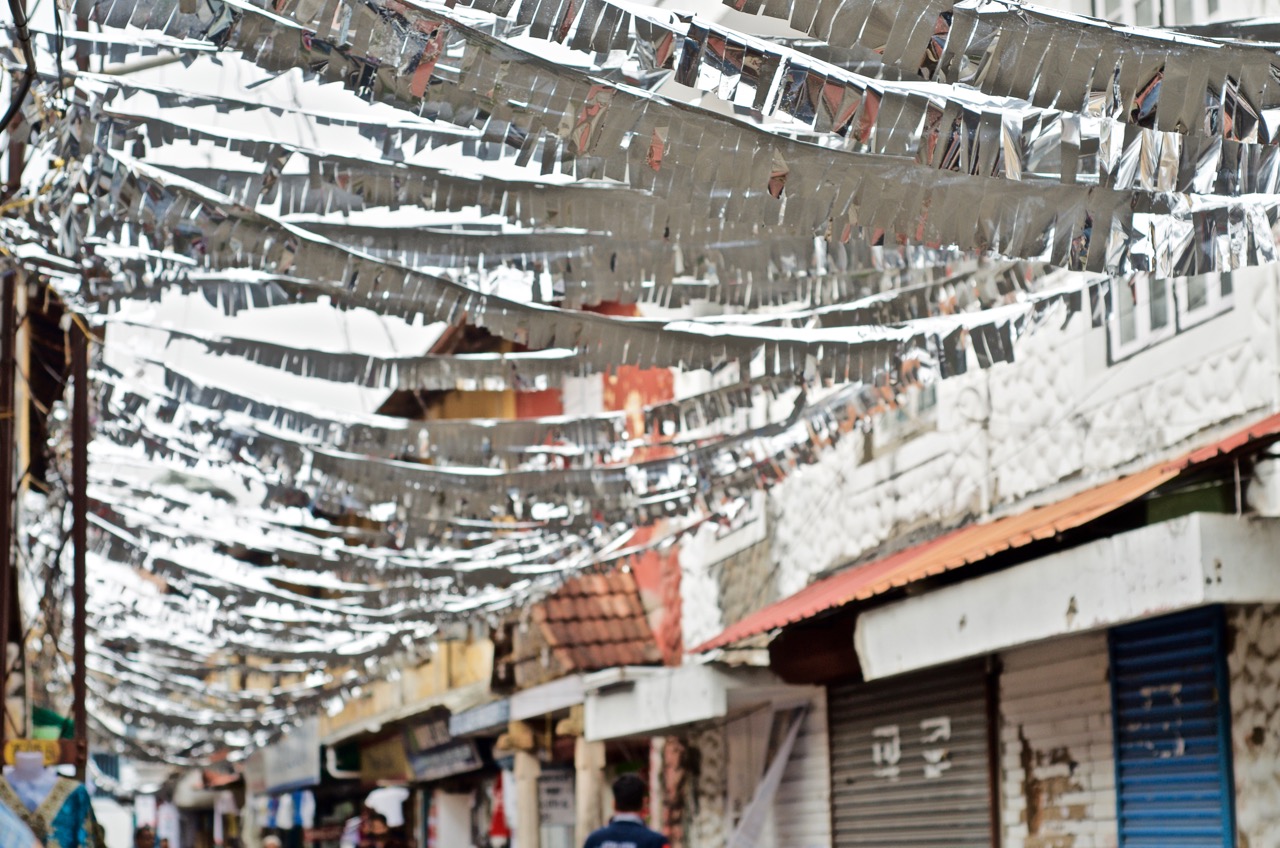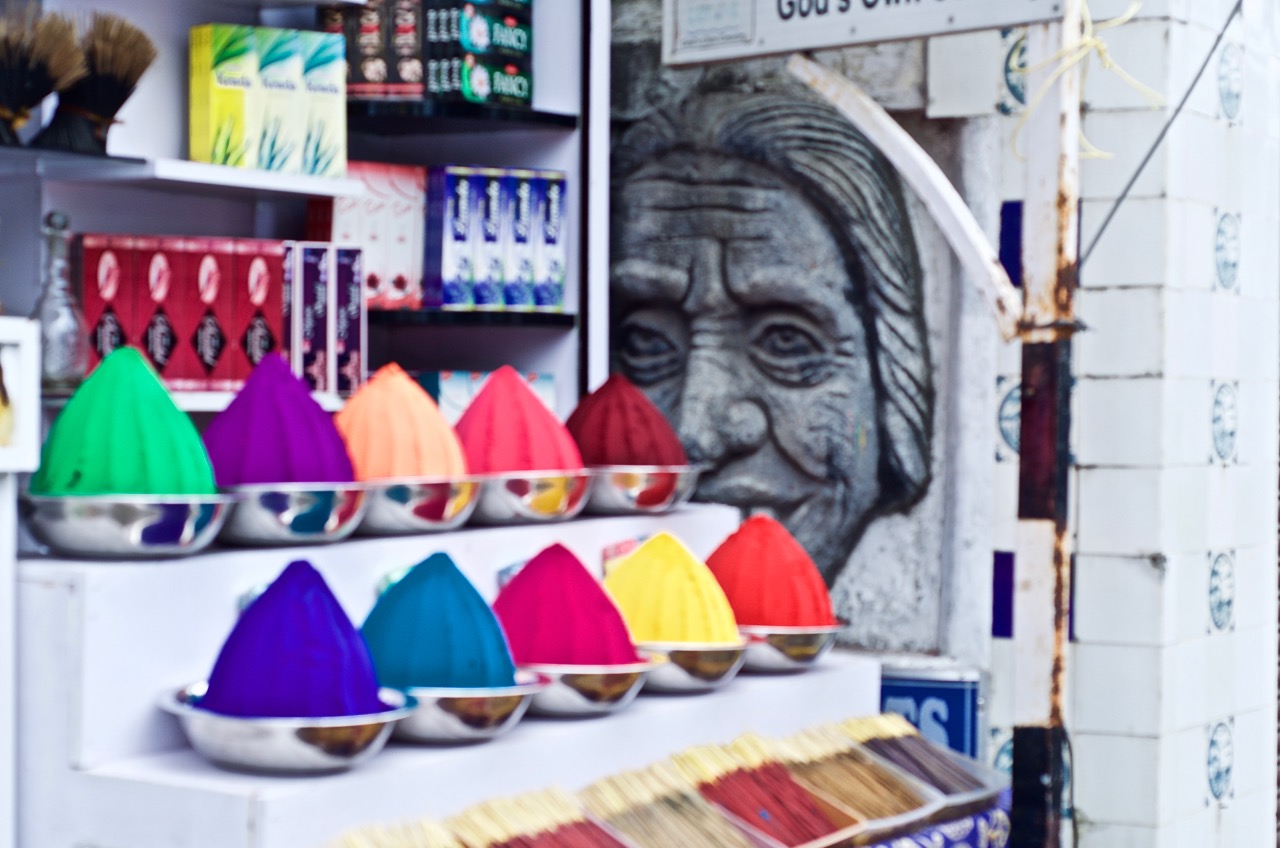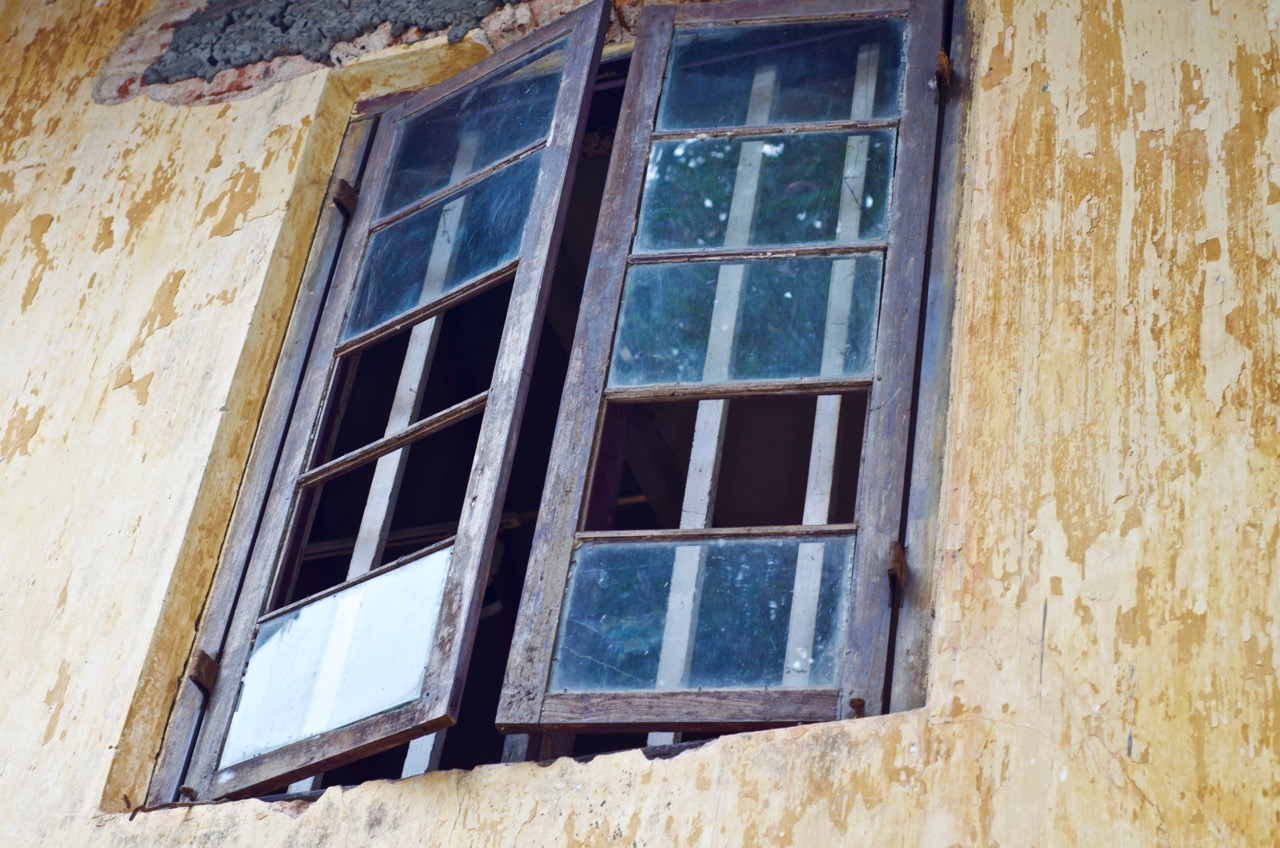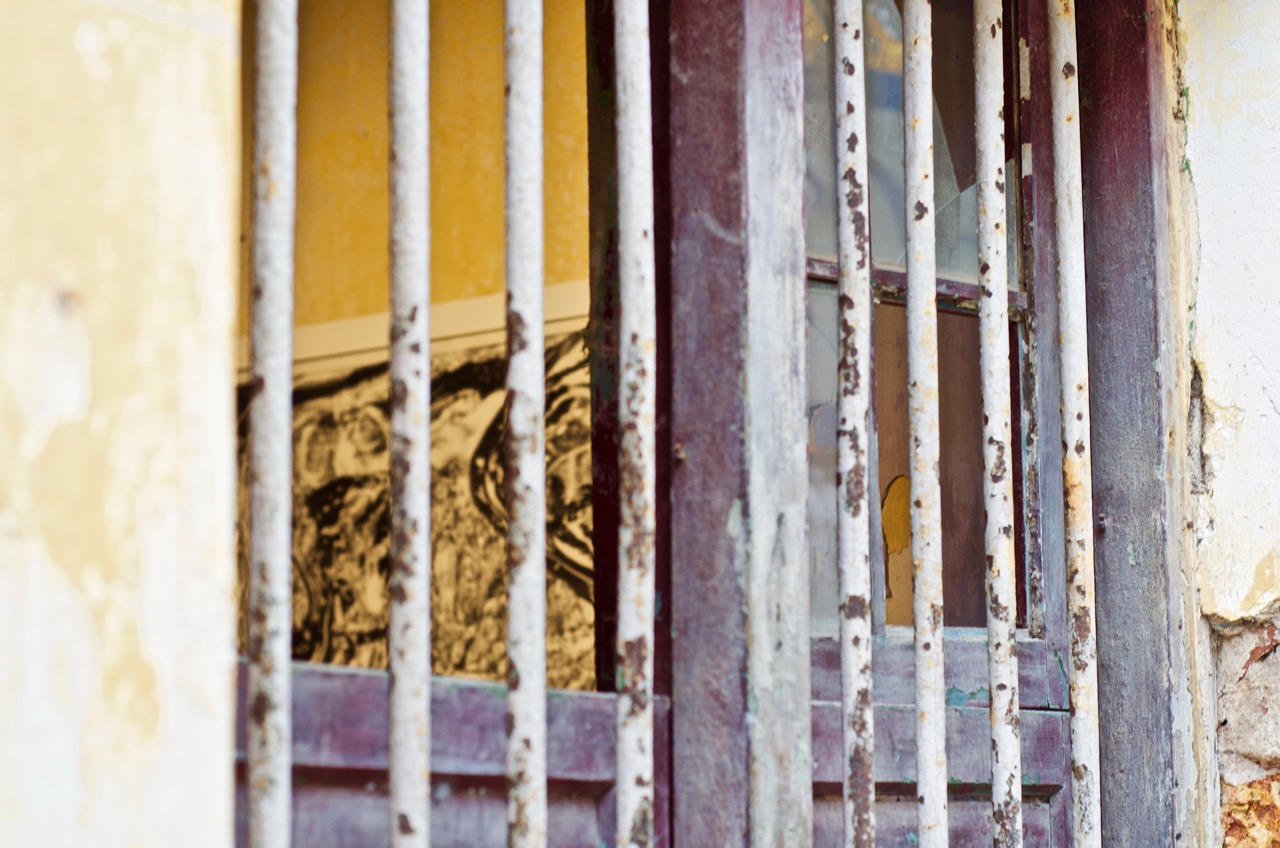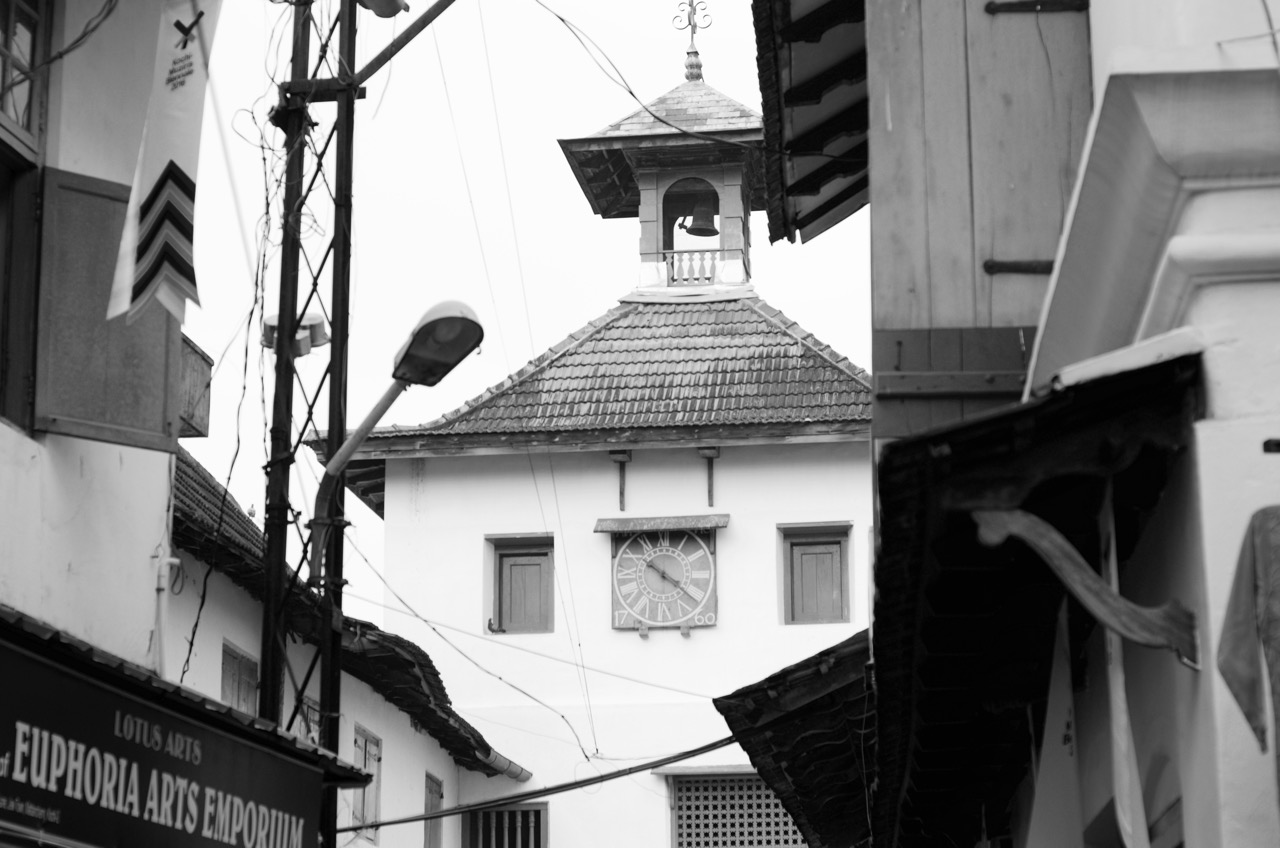Šteger describes the pyramid as the "resting place for the cast out, for those poets who have been exiled and disappeared from republics and nations for centuries." As you enter, you can hear echoes of voices in strange languages (strange to the Indian ear, that is) guiding you into the nearly-pitch-black space. You walk into a very narrow corridor walled and vaulted using cane mats, the kind you see for sale on the roadsides of Kerala. There is little to no light in the interior of the cavernous space--its floor is uneven, making you "feel" the earth upon which you walk, and the corridor turns this way and that without much warning. In places you have to use your hands to feel your way through. Every few steps a quiet voice or a murmur of recitation of poems keeps you company only to drain away as you fumble your way past it. Occasionally, a solitary dim lamp aids you at a winding corner, and sometimes, through the tiny perforations of the cane mat, specks of light appear like glowworms only to disappear as you try to keep moving. At times, you can hear nervous giggles of visitors, whether they are are ahead or behind you, you do not know.
The walk roughly took me about a minute and a half to complete the first time around (I was literally racing to the finish). It was refreshingly disorienting. As it happens, when our most commonly used sensory mechanism of vision is impaired, other sensory mechanisms come into focus. I heard the voices in the tunnels inside the pyramid much more clearly with an ability to catch the tonal changes even if I couldn't understand what was being said; the rough-hewn texture of the cane mats and the smoothened uneven mud mounds that made the ground were somehow more present.
Šteger's installation is a multi-sensorial immersive ode to artists who have faced exile under fascist rule and other forms of authoritarian governments. Being a poet from Slovenia (he was born in SFR Yugoslavia), Šteger's art is an extension of his experiences in the war-torn Balkans. The recordings played inside the tomb include poems of Ovid, Dante, Bertolt Brecht, Czeslaw Milosz, Mahmoud Darwish, Yang Lian, Joseph Brodsky, Ivan Blatnÿ, and César Vallejo. Separated by time and space, what these poets have in common is the experience of exile that came to define their poetry. In their poems, there are shared elements of yearning and dejection, a quest to re-define their identity and, of course, political activism, and at times, hope.
Šteger is not an artist per se. His website describes him as a poet and a writer. His work Knjiga reči (orig. 2005, translated by Brian Henry, Book of Things, 2010) is a highly-acclaimed volume of seemingly casual poetry. It is anything but. In a poem titled Egg, Šteger writes:
"When you kill it at the edge of a pan, you don't notice/ That the egg grows an eye in death."
In another stanza, he continues:
"Does it see time which carelessly moves through space?
Eyeballs, eyeballs, cracked shells, chaos or order?
Big questions for such a little eye at such an early hour.
And you--do you really want an answer?"
I do not want to answer that question.
As in his Book of Things, in the Tomb of Exiled Poets too, Šteger strives to make the visitor aware of non-human agency at work. Indeed, borrowing Heidegger's words, the installation brings into stark focus the "thingliness of things." Every sensorial experience is fluid yet nothing seems abstracted. Although unmentioned throughout this discussion and in Šteger's descriptions of the artwork, the mirage of death and bodily sensations are embedded into the physiology of the installation (afterall, it is designed as a tomb) as well as in our somatic interactions with the tomb and its murmuring darkness.













